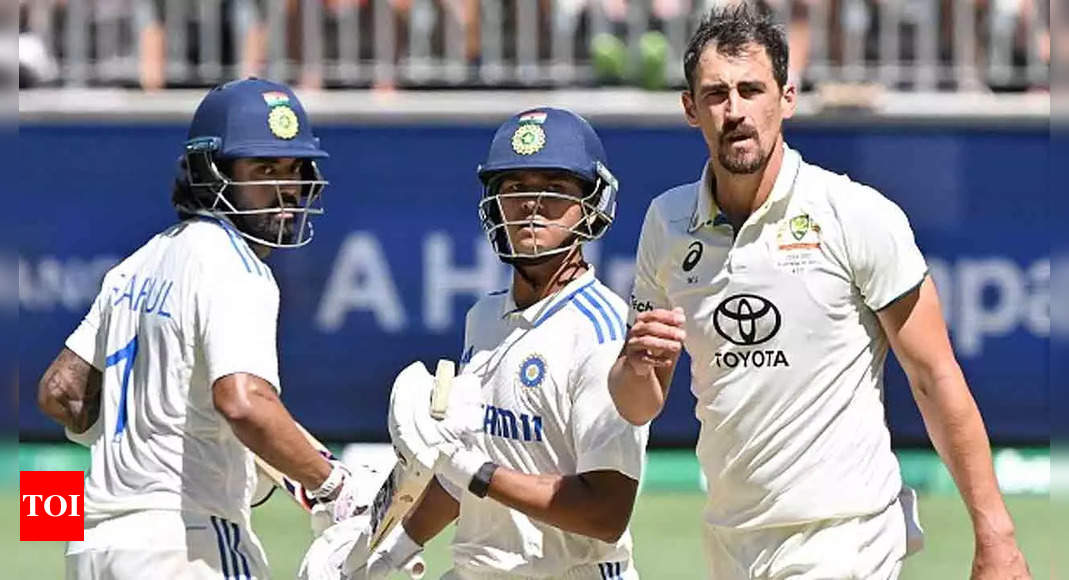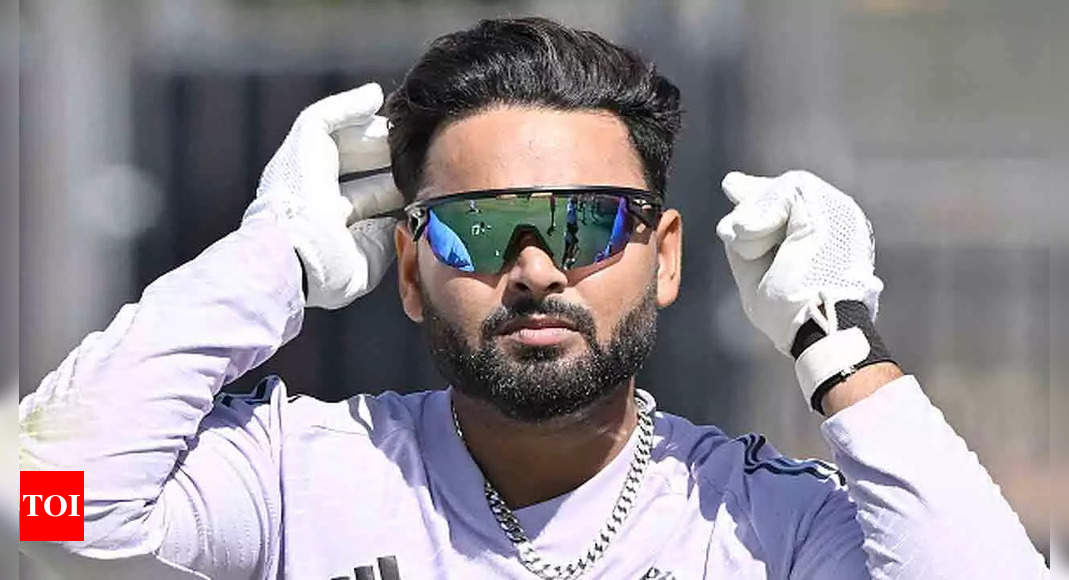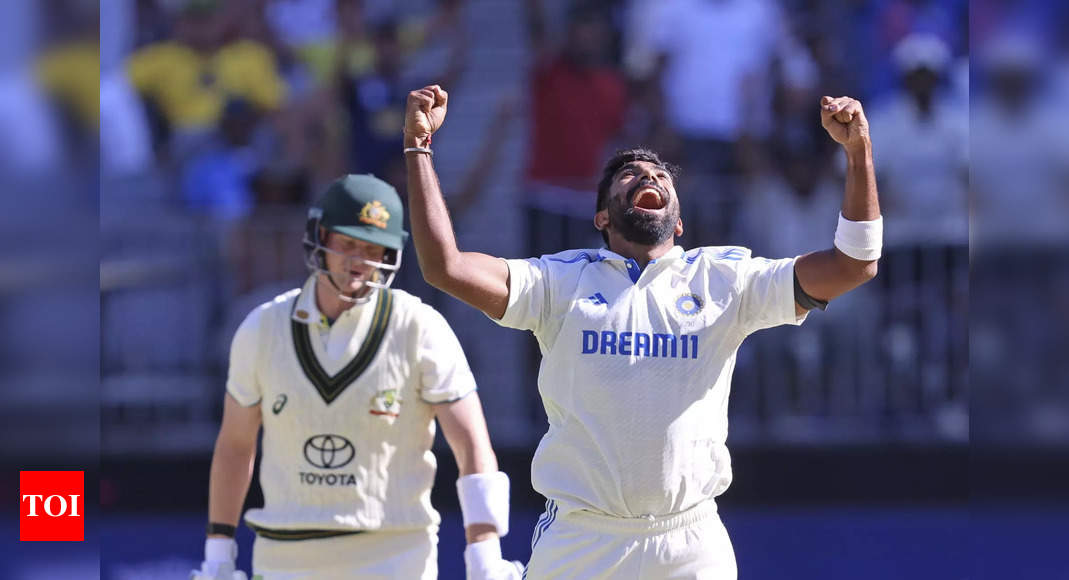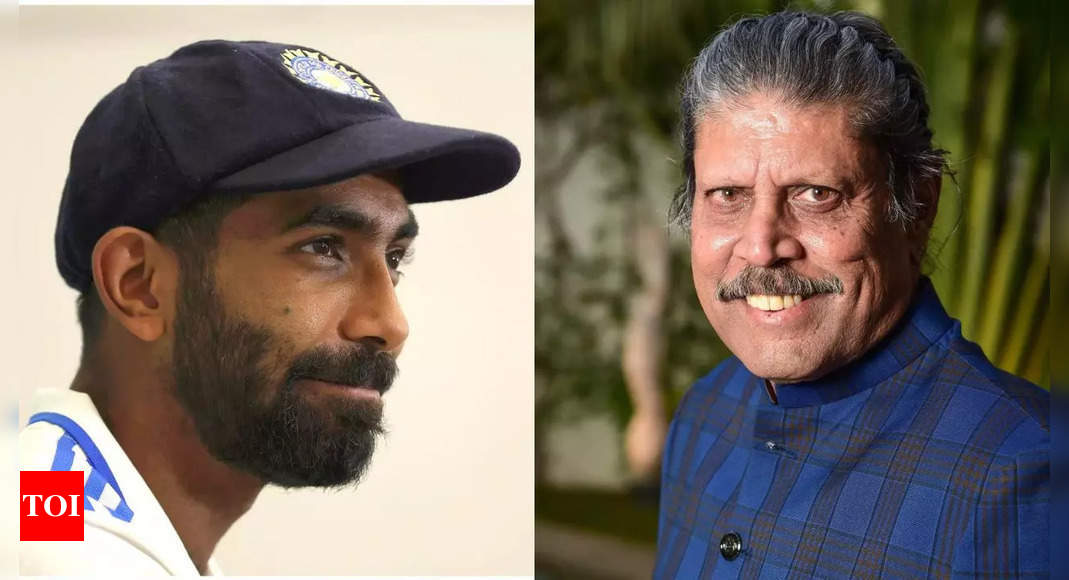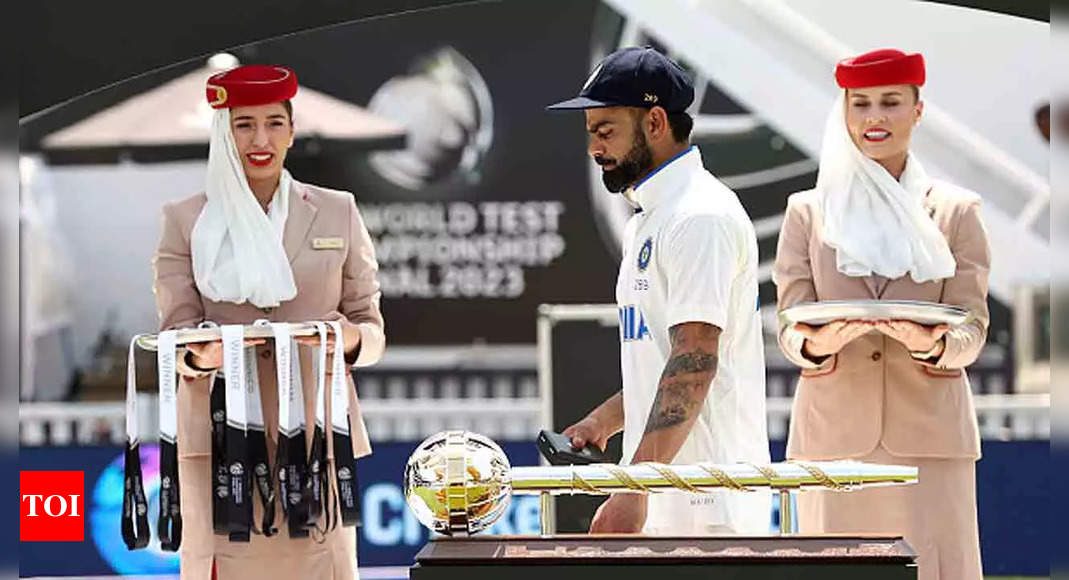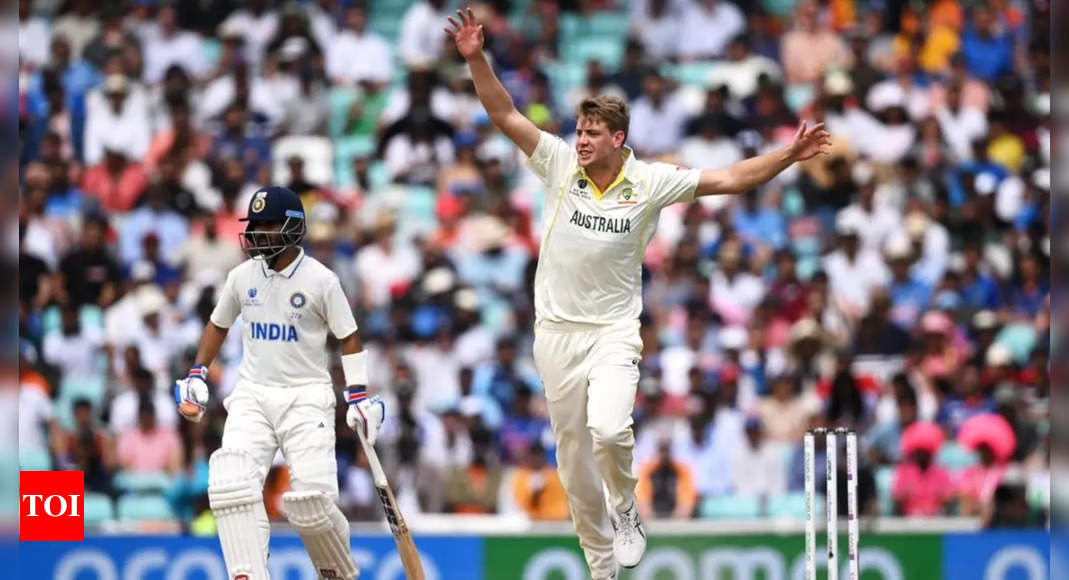
Cameron Green is expected to be available to play against India as a batter from the start of the Border-Gavaskar Trophy showdown next month, with the possibility he may be bowling again by the end of what shapes as a challenging five-Test series.
Cricket Australia is set to formally announce the nature of Green’s back injury later this week. But, according to The Age, planning has already commenced to work around Green’s likely inability to bowl until the latter stages of the Test summer.
While he was ruled out of this week’s opening Sheffield Shield round and is highly unlikely to appear in round two, there is the possibility of Green turning out as a batter for Australia A against India A in a game at the Melbourne Cricket Ground in early November.
Regardless of his all-round status, the 25-year-old Green is seen as a centrepiece of an ageing top-six against India, as evidenced by his move up to No. 4 following David Warner’s retirement last summer. Steve Smith’s switch to opener was made partly to accommodate Green.
With five Tests tightly packed into little more than six weeks from late November, Mitchell Marsh might be required to step up and fill in as the bowler.
Off-spinner Nathan Lyon can also be expected to bowl heavy-duty overs for Australia, and has the benefit of excellent records in Perth, Adelaide and Brisbane where the first three Tests are to be played.
Former Australian team doctor Peter Brukner said that a back stress injury for Green would not prevent him from batting or fielding in Test matches once any initial pain had subsided and the bone began to heal. Green felt discomfort in his back after the third ODI against England, and after scans caught the first available flight home to Perth.
“As soon as there’s any hint of back pain at all, they whip them off for an MRI and see whether there’s any bone edema, which is the first sign there’s some stress there,” Brukner was quoted as saying by the media outlet. “That shows up fairly early in the process, so if you pick that up it’s an opportunity to back them off, rather than pushing through it until it gets to a fracture.”
When Green made his Test debut in 2020 he did so on restricted bowling loads of about four overs an innings, and he may be in line for a similar workload by the end of the India Tests.
Melbourne and Sydney have traditionally been the Test matches where Australia’s selectors look more ardently for fifth bowling options, both because of the slower nature of the pitches and the fact that the matches typically fall at the back end of long series.
“The issue is the load, and as the bone recovers you gradually increase the load through the bone,” Brukner said. “The load comes mainly from bowling – batting and fielding don’t put a huge load on that part of the body, so it’s feasible that once the pain settles down you can bat and field without too many problems and feel fine.
“It’s just that if you were to bowl 10 overs you’d probably break down again. So it’s a case of slowly building up the load so the bone basically adjusts to the load and gets stronger. There’s a bit of an art to it.”
Without Green, the likes of Scott Boland and Michael Neser will be in line as reserve options. Neser made perfect start to the season for Queensland at the WACA Ground, nipping out Cameron Bancroft and Jayden Goodwin with the first two balls of the match, before following up by finding an edge from Marsh.


